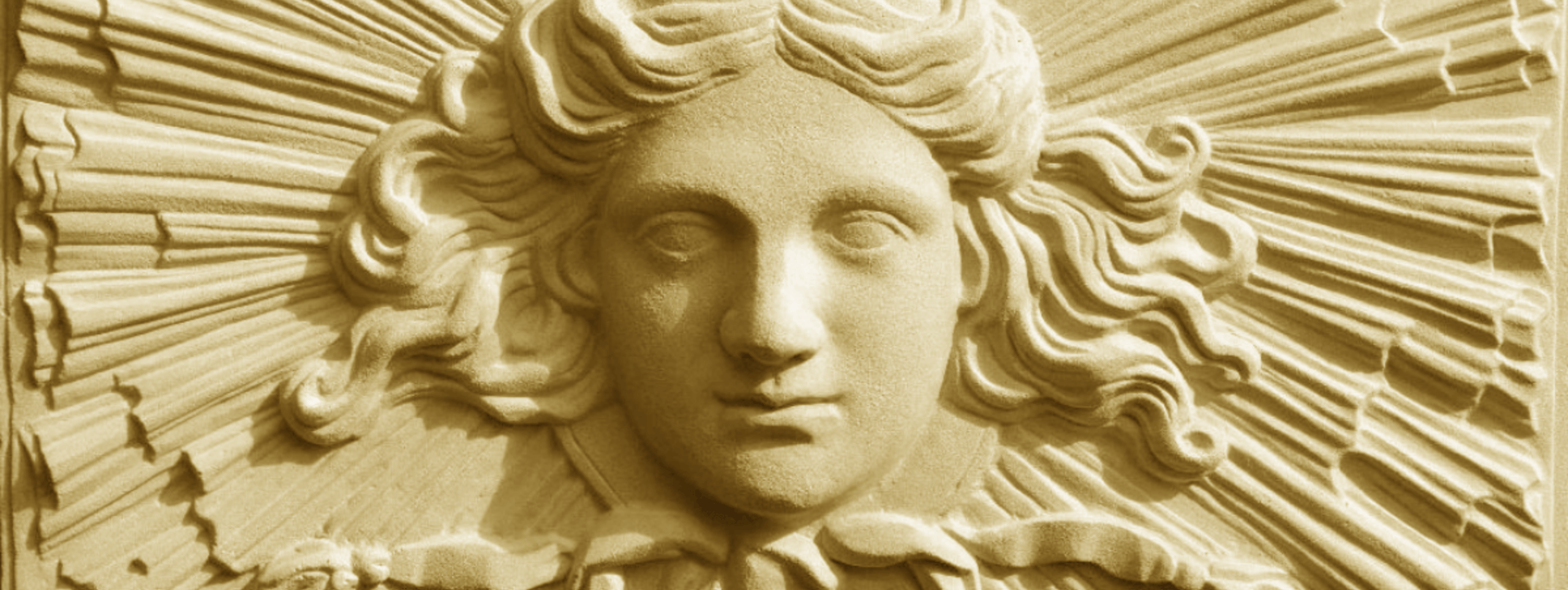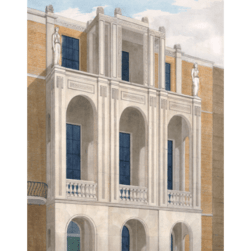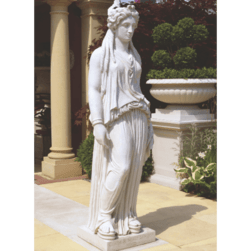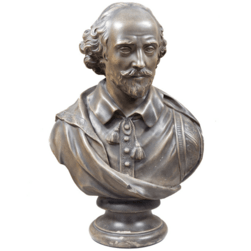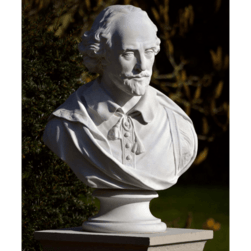Soane Caryatid Statue
The Soane caryatid statue is my favourite item in the Soane X Haddonstone collection. I particularly like the strength and serenity in the face, the elaborate hairstyle and the elegant folds of the robe which seems to flow over the woman’s body. The originals are made of Coade stone, based on those at the Erechtheion in Athens, and are set high on the façade of number 13 Lincoln’s Inn Fields. A receipt in the Museum’s archive shows that Soane paid Coade and Sealy £40 for them on 6 November 1812. They form part of Soane’s original design for the building, as depicted in the watercolour below from the collection, datable to 1812.
Though Soane adapted and added to the façade in his lifetime, the caryatids remained, flanking the windows of what Soane described in his 1830 Description of the building as ‘the Chamber floor’, that is the second, bedroom floor. The rooms behind the façade were Eliza Soane’s Morning Room and bedroom. It seems apposite that the caryatids should be placed adjacent to perhaps the most female spaces in the house.
